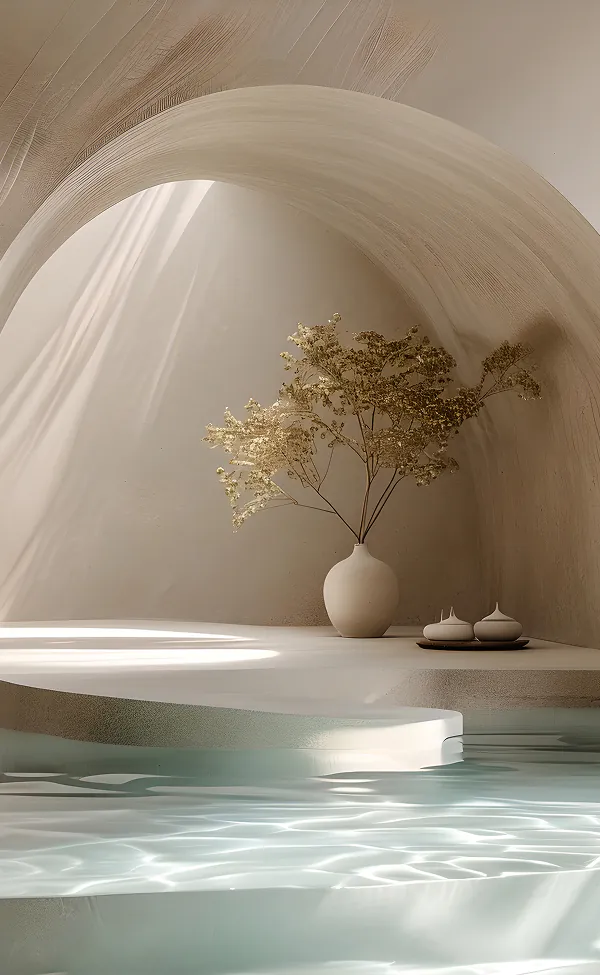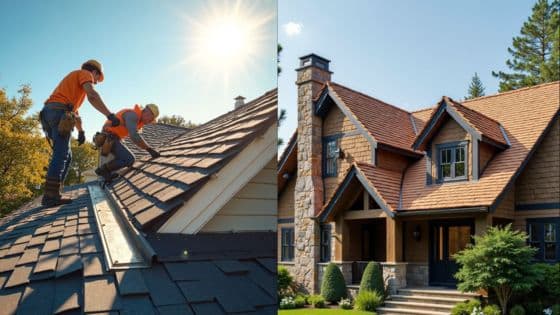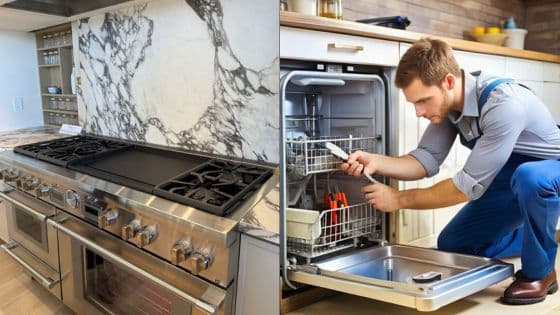One of the important factors when you consider buying equipment for your residential property is having thorough knowledge about the product. That said, you should have a simple breakdown of how it works to have a clear idea of what is happening behind the scenes.
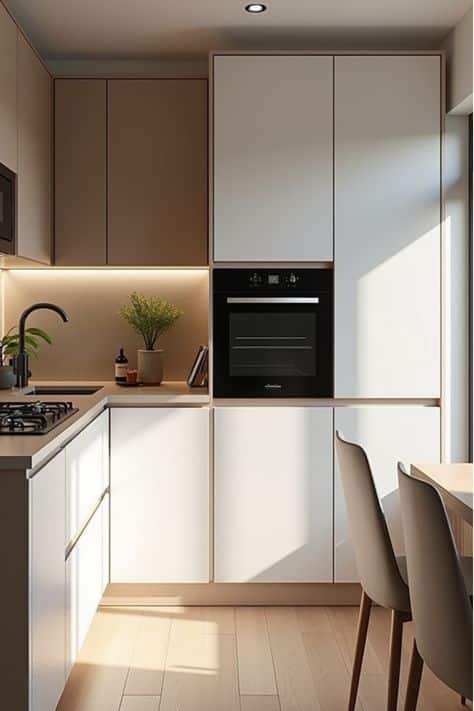
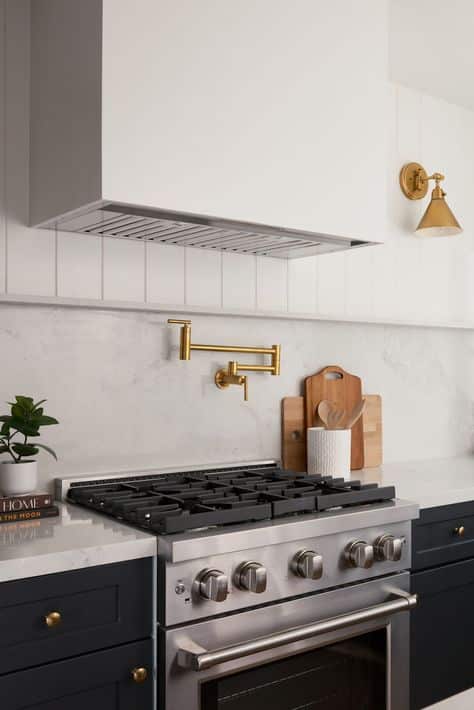
How Residential AC Works
- Indoor Unit
This part is called the evaporator coil, which is installed inside your home, particularly on the wall or ceiling. It functions by blowing warm air from your room over cold coils filled with refrigerant. The refrigerant then absorbs the heat, leaving cool air, which is then blown back into your room.
- Cooling Fluid
This is also called the refrigerant, which circulates between the indoor and outdoor units. This carries the heat away from your home to be released outside of the room.
- Outdoor Unit
This unit comprises the compressor and condenser coil, which sits outside of your house. The compressor’s job is to pressurise the refrigerant and turn it into a hot gas. Warm air will be released by the condenser coil into the outside air.
- Thermostat and Controls
The job of the thermostat is to let you set your preferred temperature inside the room. Modern systems have remote controls, timers, or smart apps in order to control the thermostat at your convenience.

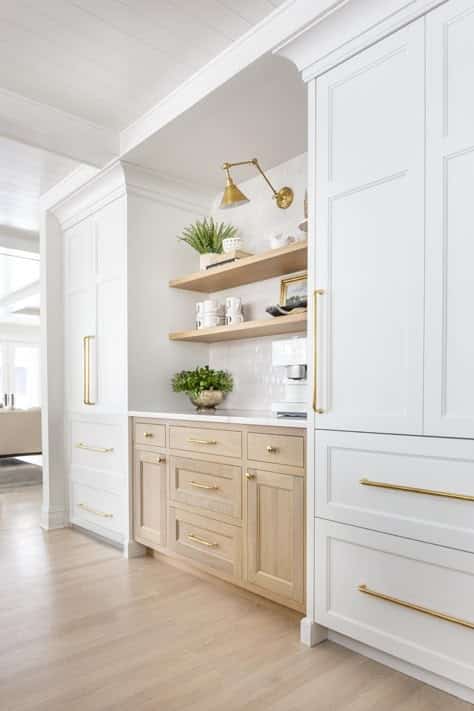
Solving Residential Heat Pumps
You might be a bit surprised as to how a residential heat pump can work on both heating and cooling functions. This is commonly referred to as two-way air conditioners, if you will.
- Heat Transfer
It is important to understand that heat pumps can move heat, but not generate it. Basically, it can cool your home in summer and warm in winter. This is made possible by reversing the direction of heat flow.
- Cooling Mode
Just like residential air conditioning units, it works in a cooling mode. Thus, the indoor unit’s job is to pull warm air from inside your room, and then air will then pass over the cold evaporator coils full of refrigerant. This process will enable heat to be absorbed and passed over to the outdoor unit for release. As a result, cool air will be blown back into your room to provide a refreshing temperature.
- Heating Mode
This process will reverse the cooling mode to another direction. Thus, the outdoor unit will absorb the heat from the air outside, regardless if it is hot or cold. The refrigerant will then carry the heat back indoors.
Aside from the thermostat or remote to switch modes, set temperature, and use timers, some systems offer zoning features. Residential heat pumps will let you heat or cool only in certain rooms of your house. At the same time, since it just moves heat rather than creating it, it is more efficient than traditional heaters.
If you need more details on how each system can benefit your residential property, feel free to contact us. We offer state-of-the-art equipment that will suit your needs to provide comfort to your home. You can also email us if you want to have more details of the products you wish to purchase from us.
- 7shares
- Facebook0
- Pinterest4
- Twitter3
- Reddit0





